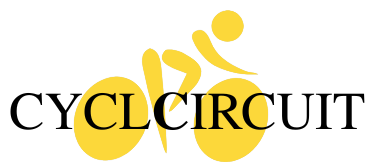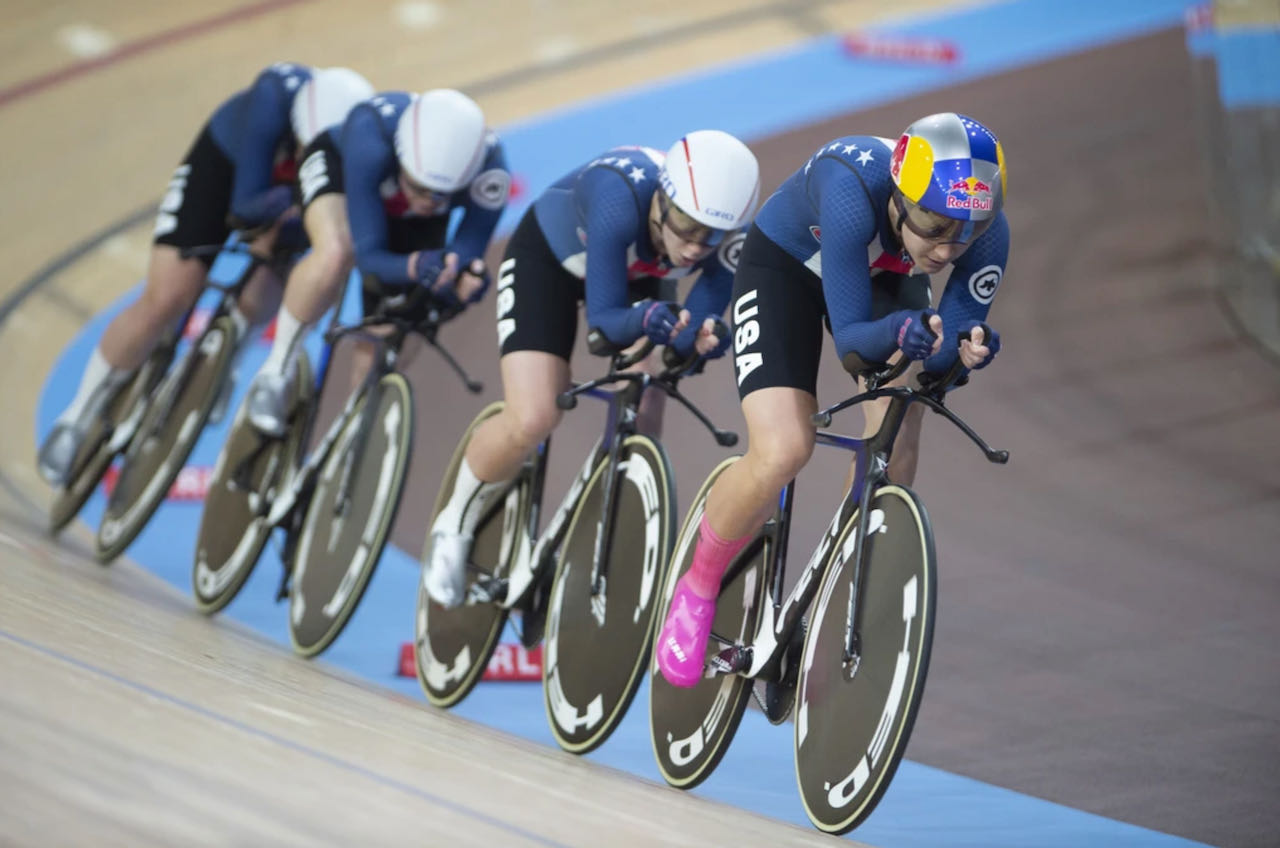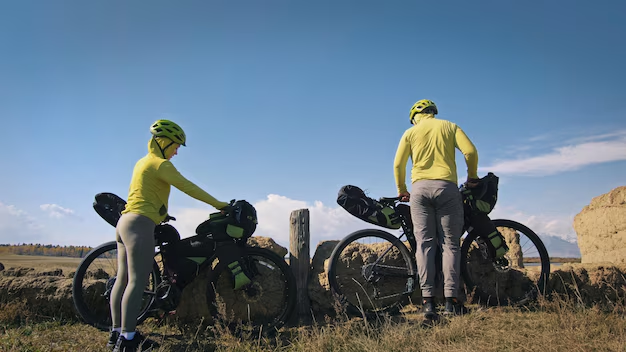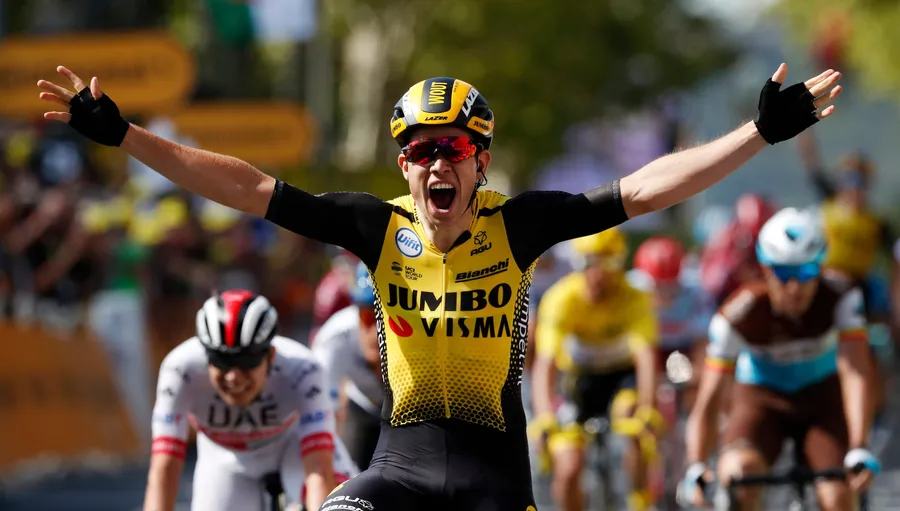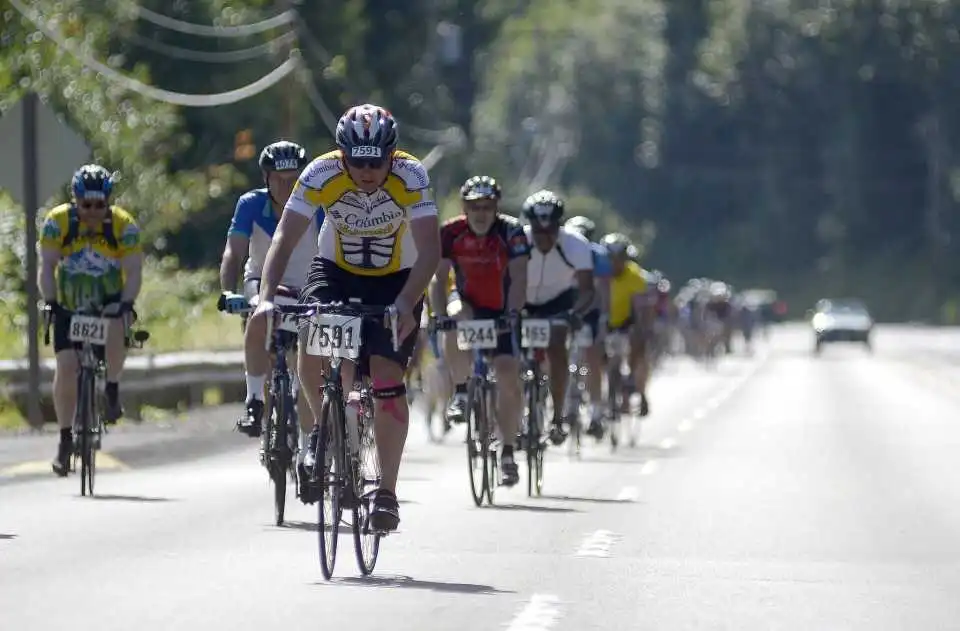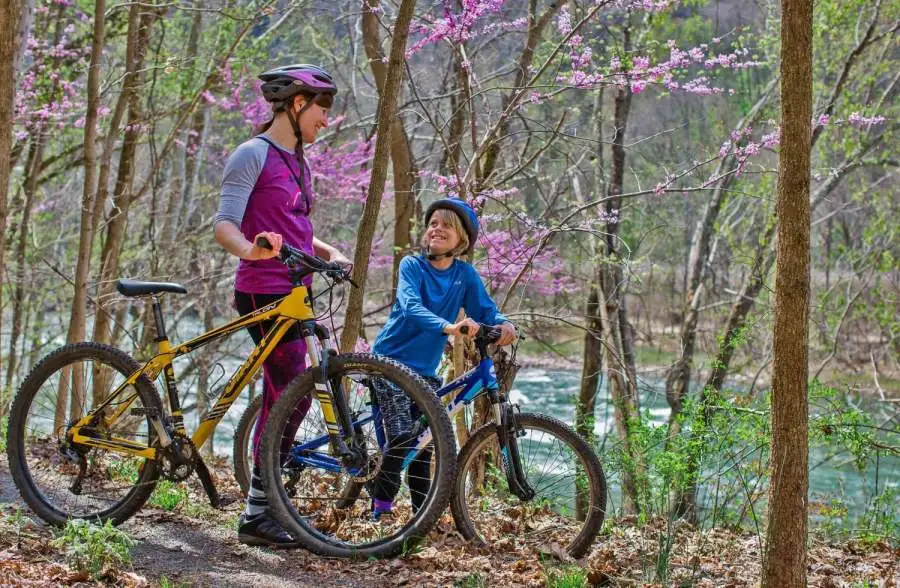Toolbox: Since the invention of the power meter, and the advancement of technologies to help us “dial in” our performance, we’ve seen a steady sharp rise in professional and amateur rider performances. But low-tech tools can also be an important part of your training toolbox.

More than one way to train
The mid 90s to the mid 2000’s doping era withstanding, there have been massive increases in our abilities to build ourselves and our athletes towards the edge of human performance. Unfortunately, as technology has progressed we’ve fallen farther and farther from listening to our bodies and what they’re telling us. Here are two non-technology based measures you should be using daily.
While we like to think of our fitness as being linear, it actually changes day to day. This is why some days as you head out for your workouts your legs feel ok, but when you start the main set or have to put out an effort, you feel like someone attached a giant sail to your back.
Chad’s fast fingers
CNS Tap
One test we can use, which is relatively easy, and takes less than a minute, is called a CNS tap test.
There is an app, which is free, which you can use to help you determine how ready your central nervous system is for the day’s workout.
The test itself is composed of using your phone screen as a touchpad, and simply tapping the screen as many times as you can, with your index finger, in a 10 second span.
While the first 3-5 weeks you’ll need to use it daily to help better identify your own personal trends, once the baseline is set, as long as you’re using it each day, you’ll be able to quickly determine how ready your body is for the workout, and adjust accordingly.
While I have used this test for my athletes before strength training, the feedback is there for on-bike efforts as well.
One caveat: you must perform the CNS tap test at the same time before a session, each time, in order for it to be reliable.
For strength training, I like performing it right after either foam rolling, or the dynamic warmup, depending on the individual.
Keep in mind that it’s NOT about scoring higher (usually scores trend higher the first 2-3 weeks as an individual gets a better neuromuscular response), it’s about understanding what the trends and fluctuations in YOUR scores means, that will help you get more out of this excellent training tool.

RPE (Rated Perceived Exertion)
I’ve always been a huge fan of RPE. Perhaps because my powerlifting coach used it regularly, or because in my own training it had had such a big impact on my progression as I used RPE instead of power numbers to guide my efforts.
RPE may seem very “off the cuff”, as it is, but as you progress along your riding and training journey, you SHOULD be able to dial in with your RPE to match the energy system work or strength range you need.
Cool part of this is that research has shown that RPE is pretty dang reliable! This is true also for the concept of “Sessional RPE” or sRPE, where you report the hardness/difficulty of the entire workout. This gets away from whether a single effort or interval felt hard or easy, but rather the entire session, and work by noted exercise physiologist Carl Foster shows that it’s an excellent form of long-term monitoring.
When we start riding, and training with a program we tend to see fantastic results that seem to just roll in like “the rain in Spain, which stays mainly in the plain” (Not really true, but hey, My Fair Lady is a fantastic movie).
RPE can really help us avoid the big disappointments of those rides where we just can’t seem to hit our numbers, which can then lead us down the road to overreaching.
This has happened to a number of riders whom I’ve either talked to, or who have come to me for coaching.
The challenge we have is how for so many riders at this point, “technology holds the answer”, and anything that has to do with “how do you feel” is seen as more snake oil salesman, than performance science.
RPE is pretty easy to use, as it just takes a few seconds to focus in on thinking “how did that feel on a scale of 1-10?
10 being “that was a complete, all out effort, that I cannot replicate again.”
7 being “that was HAAARRRRDDD, but with some rest, I could do it again.”
5 is “feels like the end of a hard warmup, I can definitely do a few more efforts like that, no problem.”
3 is “Easy. Feels like I’m riding with a motor. I can do this all day.”
While this seems a bit “outdated”, the ability to have a solid, true sense of where one’s body is, and what it is or is not capable of doing on a given day, is one of the rare traits which helps many world class athletes just that: world class.
Taking the time to learn to listen to what your body is telling you is a skill that can be developed and refined, if you take the time to listen.
If you’d like to learn more about training based off of RPE and how I use the CNS tap test for strength training, check out my first book, The Vortex Method, available now on Amazon in Kindle and paperback format.

If you’d like to learn how to become a fitter and stronger rider from the mental AND physical side, sign up to attend my fall workshop co-taught with psychologist Dr. Lisa Lewis EdD, CADC-II, Columbus day weekend October 10 & 11, 2020 in Boston, MA, by emailing me at [email protected].
Like what you read? Hated it?
Is there a topic on strength training/training you’re interested in that you’d like to have covered?
Let me know!
[email protected]

Winter training can have its good points
 Menachem Brodie is a USA Cycling Expert Level coach, SICI certified bike fitter, and NSCA Certified Strength & Conditioning Specialist. For the last 10 years he has been working with athletes from around the world to get fitter, faster, and stronger through strength training and in-sport training plans. He has presented on Strength Training for Cyclists & Triathletes internationally, and is the author of 2 authoritative online courses:
Menachem Brodie is a USA Cycling Expert Level coach, SICI certified bike fitter, and NSCA Certified Strength & Conditioning Specialist. For the last 10 years he has been working with athletes from around the world to get fitter, faster, and stronger through strength training and in-sport training plans. He has presented on Strength Training for Cyclists & Triathletes internationally, and is the author of 2 authoritative online courses:
Strength Training for Cycling Success
Strength Training for Triathlon Success
Both available on TrainingPeaks University
More info at: http://www.humanvortextraining.com
